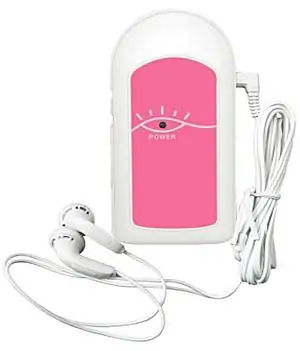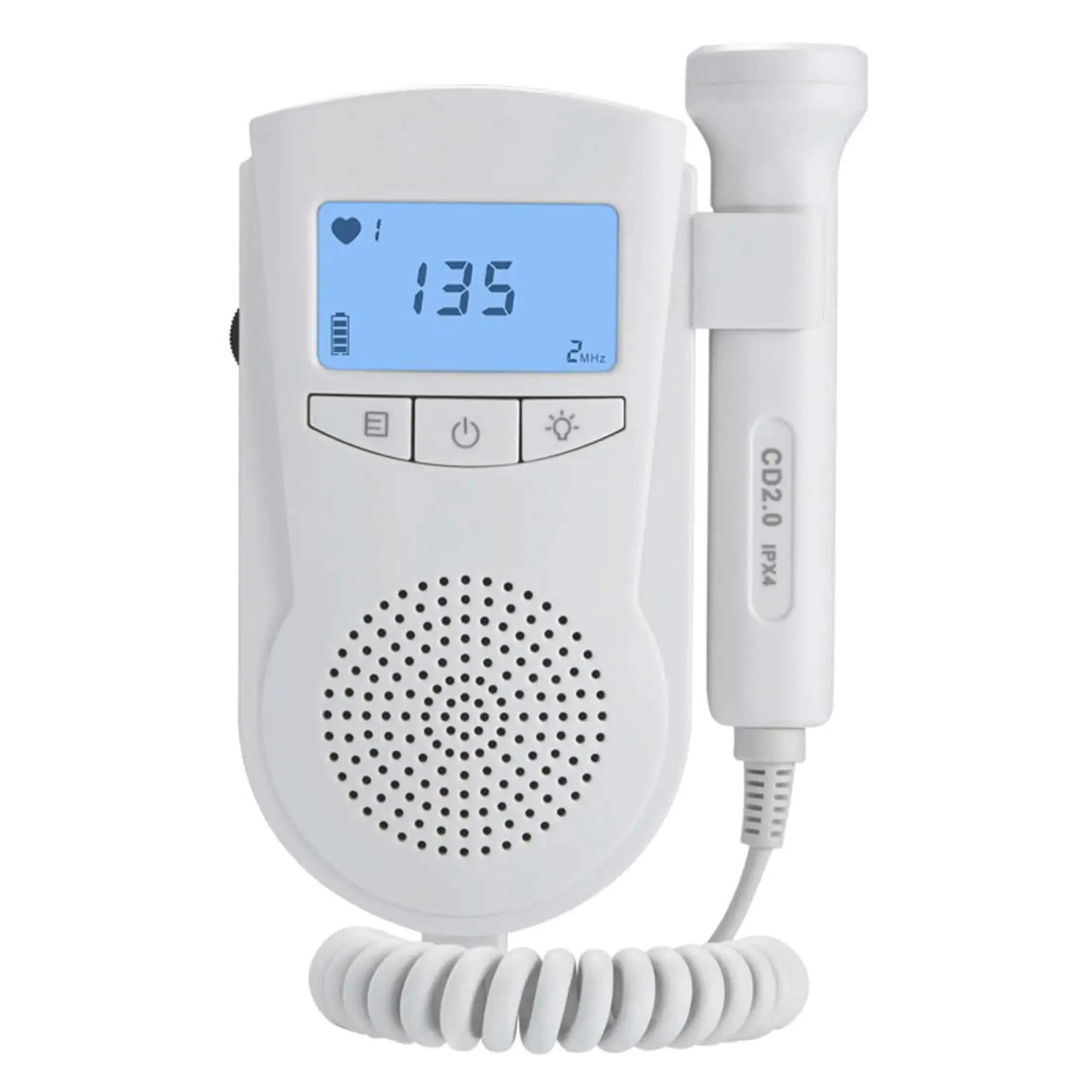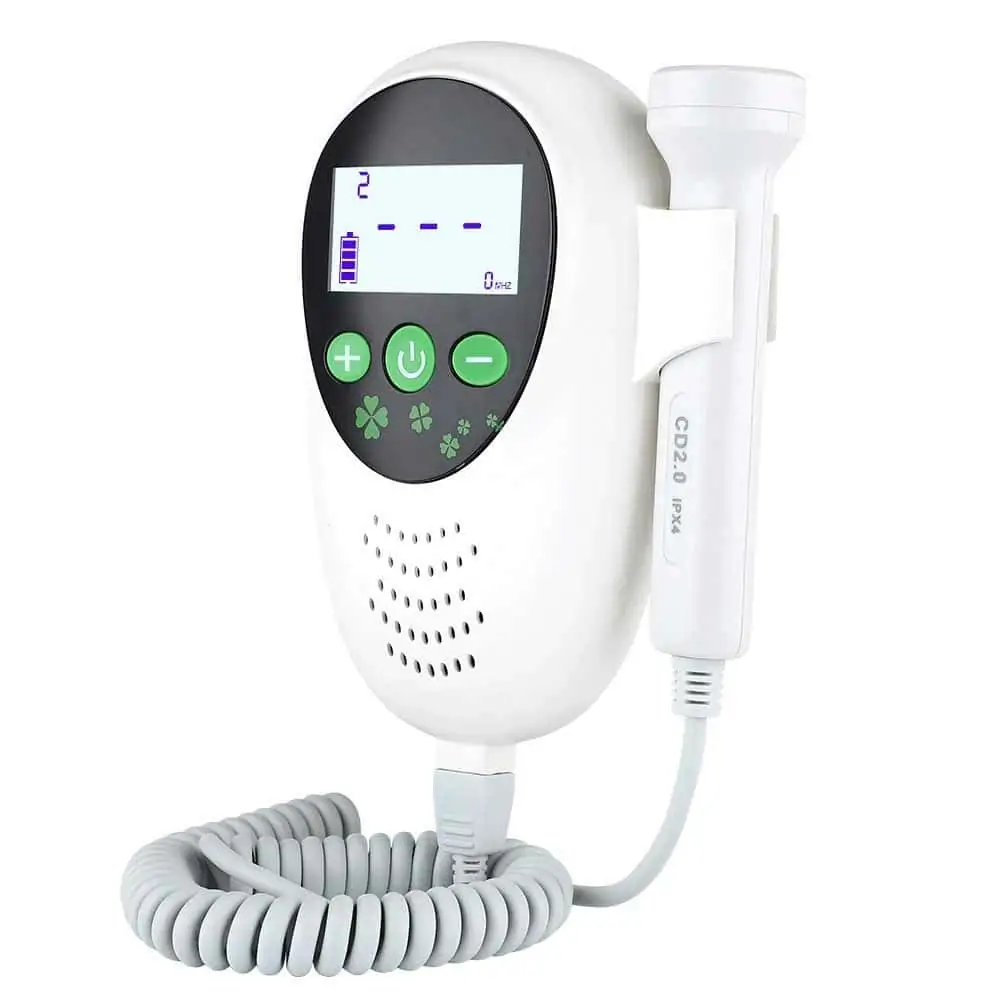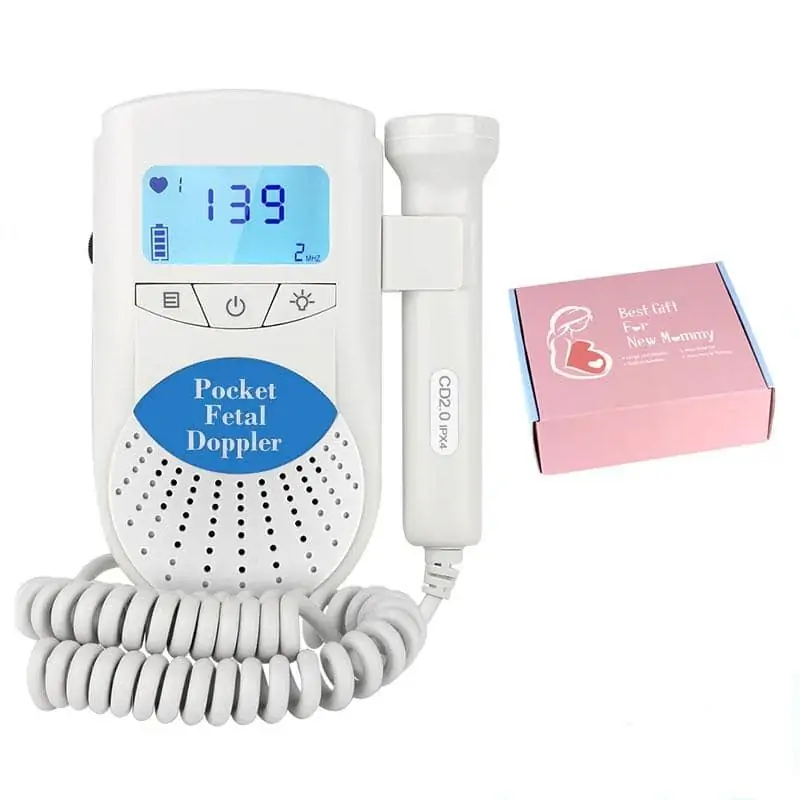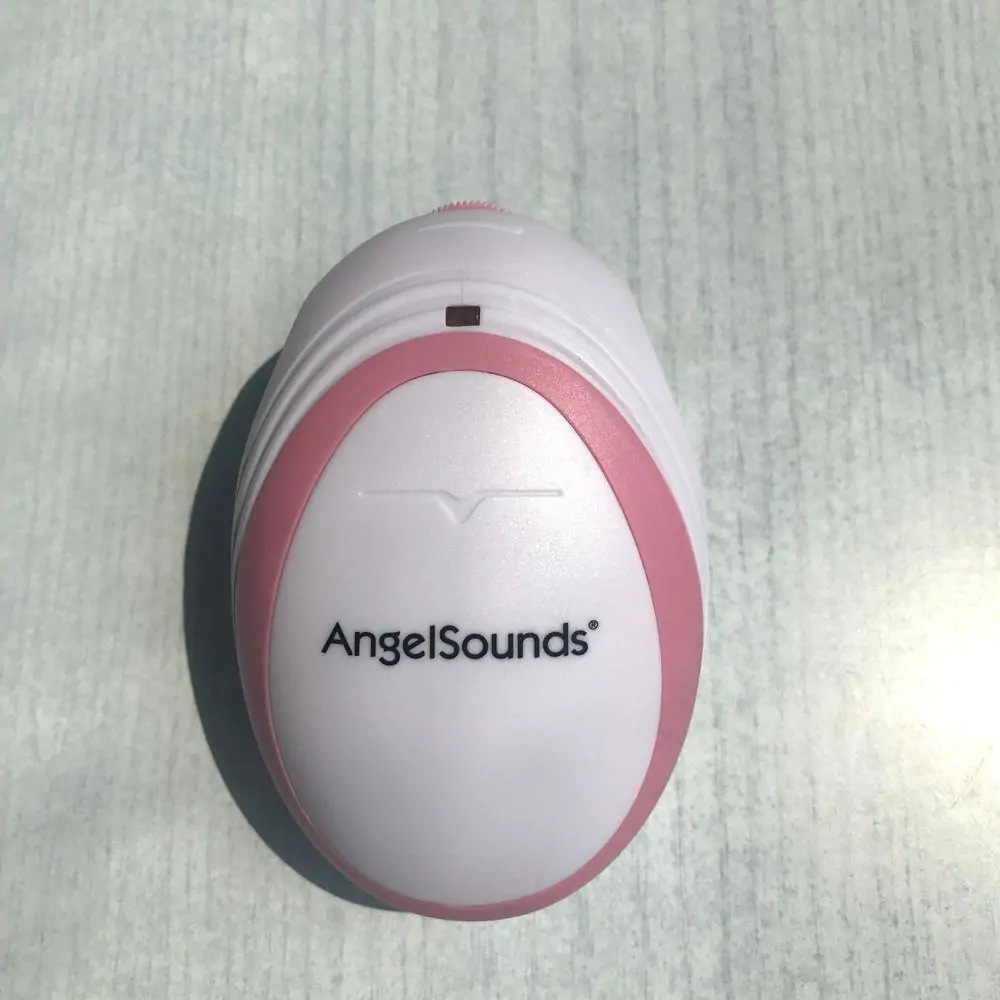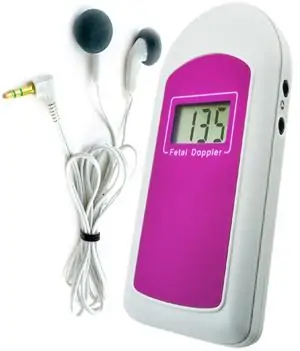Prenatal Fetal Doppler: A Comprehensive Guide Leave a comment
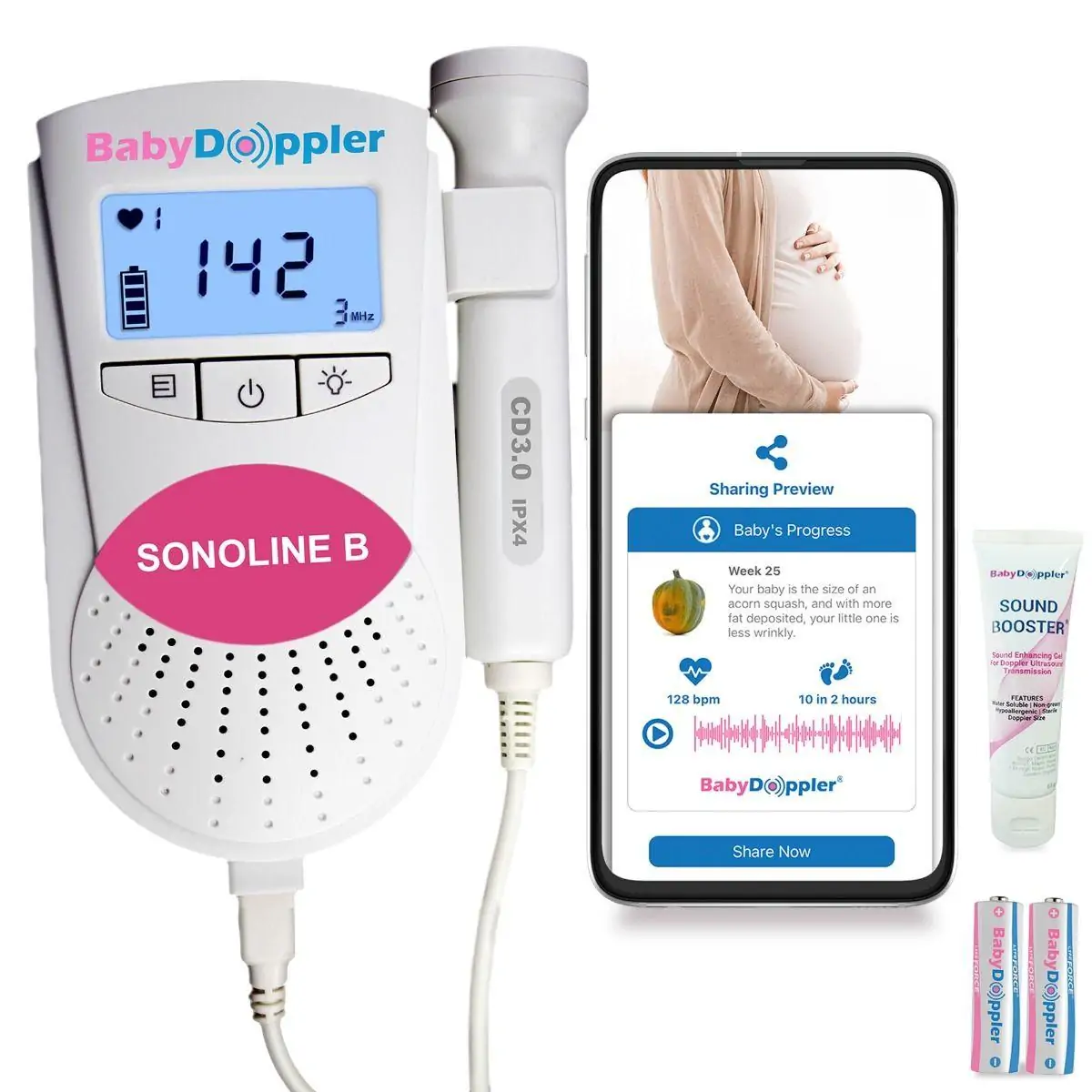
Prenatal Fetal Doppler
Introduction
Expecting parents frequently enough experience a whirlwind of emotions as they embark on their journey toward parenthood. One remarkable tool that has gained popularity among caregivers and parents alike is the prenatal fetal Doppler. This device allows you to listen to your baby’s heartbeat, promoting bonding and peace of mind during pregnancy. In this article, we will explore what a prenatal fetal Doppler is, its benefits, practical tips for use, and provide insights from real-life experiences.
What is a Prenatal Fetal Doppler?
A prenatal fetal Doppler is a handheld ultrasound device designed to detect and amplify fetal heartbeats. By emitting high-frequency sound waves, it creates echoes that produce audible heartbeats, allowing expectant parents to hear their baby’s heart flutter.
How Does It Work?
The prenatal Doppler operates by:
-
- Emitting Sound Waves: The device sends sound waves into the mother’s abdomen.
-
- Capturing echoes: These waves bounce off the fetal heart, returning to the device.
-
- Amplifying Sound: The device amplifies these echoes, producing the characteristic sound of a heartbeat.
Key Features
-
- Portability: Often lightweight and battery-operated.
-
- User-Amiable: Designed for easy use by expectant parents without medical training.
-
- Visual Display: Many models include a screen for visual feedback.
Benefits of Using a Prenatal Fetal Doppler
Using a prenatal fetal Doppler can offer several benefits, enhancing both emotional well-being and monitoring capabilities for expectant families.
Emotional Bonding
-
- Connection with Baby: Hearing a heartbeat fosters an emotional connection, making the experience of pregnancy more tangible and real.
-
- Reassurance: For first-time parents, hearing a heartbeat can significantly reduce anxiety and provide reassurance.
Monitoring Health
-
- Early Detection: You can potentially detect issues early, alerting your healthcare provider for further investigation if needed.
-
- regular Monitoring: Parents can listen to heartbeats regularly, keeping track of the baby’s health between medical check-ups.
Practical Tips for Using a Prenatal Fetal Doppler
-
- Timing is Key: Using a fetal Doppler is best done between 10-12 weeks of pregnancy, as the fetus is usually small and the heart sounds may not be audible until then.
-
- Lubricate the Skin: Applying a bit of gel or lotion on the abdomen can definetly help enhance sound conduction and improve clarity.
-
- Choose the Right Position: Lying on your back or side will often aid in better sound reception.
-
- Be Patient: It may take some time to locate the heartbeat, especially in early pregnancy. Don’t worry if you don’t find it right away.
-
- Avoid Overuse: While exciting, excessive use may lead to needless stress or anxiety if finding the heartbeat proves difficult.
Potential Concerns
-
- Inaccuracy: Dopplers are not foolproof. A fetal Doppler shouldn’t replace regular check-ups with a healthcare provider.
-
- Emotional Stress: Not being able to find the heartbeat may lead to unnecessary panic. It’s essential to approach with a relaxed mindset.
First-Hand Experiences
Experience from a New Parent
Jessica, a first-time mom, shares her experience: “Using the fetal Doppler was such an emotional moment for me. After weeks of waiting, when I finally heard my baby’s heartbeat, it felt like everything I’d been dreaming of had come true. Even the anxious waiting turned into excitement.”
Experience from a Healthcare provider
Dr. Emily, an obstetrician, notes, “While I encourage my patients to use fetal Dopplers at home, I always remind them that it can’t replace medical assessments. It’s a fantastic tool for bonding, but regular prenatal care is essential for the health of both mother and baby.”
Case studies: Real-Life Impact of Prenatal Dopplers
Case Study 1: Early Detection of Abnormalities
In one instance, a mother using a Doppler at home began to notice a decrease in heart rate over several days. Concerned, she contacted her healthcare provider, who recommended an ultrasound, revealing that the baby was in distress. Early detection led to timely intervention, greatly improving the outcome for both mother and baby.
Case Study 2: A Moment of Joy
Another story highlights the joy of two expecting parents who, after weeks of anxiety, used a Doppler and succeeded in hearing their baby’s heartbeat. It transformed their mood and provided the reassurance they desperately needed.
Guidelines for Purchasing a Prenatal Fetal Doppler
When looking for a prenatal Doppler, consider the following:
| Feature | Description |
|———————|—————————–|
| Frequency Range | Look for devices that operate within the 2-3 MHz range. |
| Power Source | Consider a rechargeable battery for convenience. |
| Display Features| An LCD display showing heart rate can be beneficial. |
| Sound Quality | Read reviews about sound clarity and volume options. |
| Price point | Determine what fits your budget, as prices can vary greatly.|
Conclusion
The prenatal fetal Doppler is a fantastic tool for bonding with your baby and monitoring their health during pregnancy. It allows parents to feel connected and reassured in the anticipation of welcoming their new child. However, it’s crucial to remember that while Dopplers can provide comfort and early insights, they are not a replacement for regular obstetric care. Approach the use of such devices with balance, patience, and a focus on professional guidance. From the many stories shared, it’s clear that the excitement and bonding experiences fostered by hearing a heartbeat are truly special.
Remember to enjoy the journey and the little wonders it brings, and make sure you continue to prioritize your healthcare throughout pregnancy. Whether it’s with a fetal Doppler or during a routine check-up, every step brings you closer to meeting your little one!







